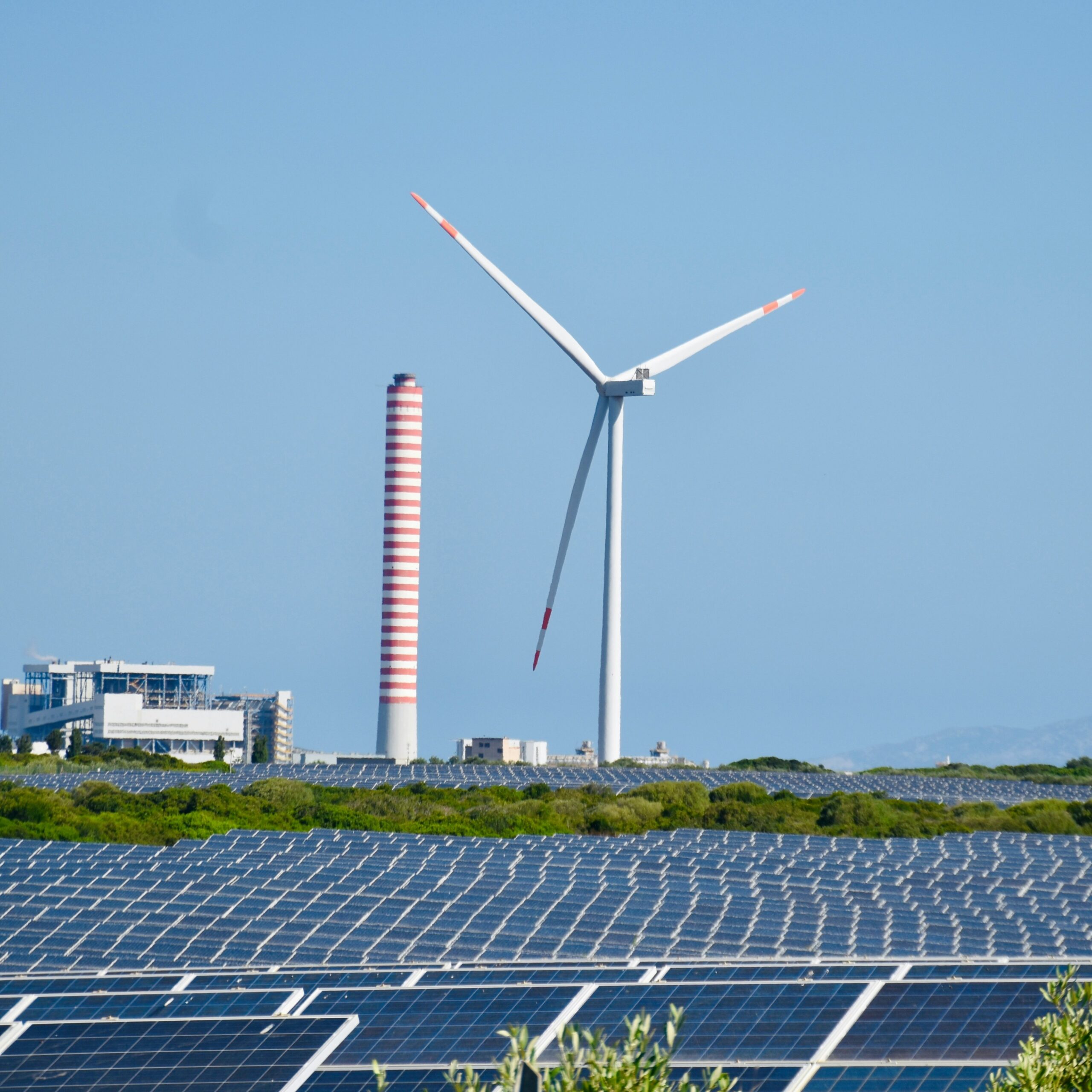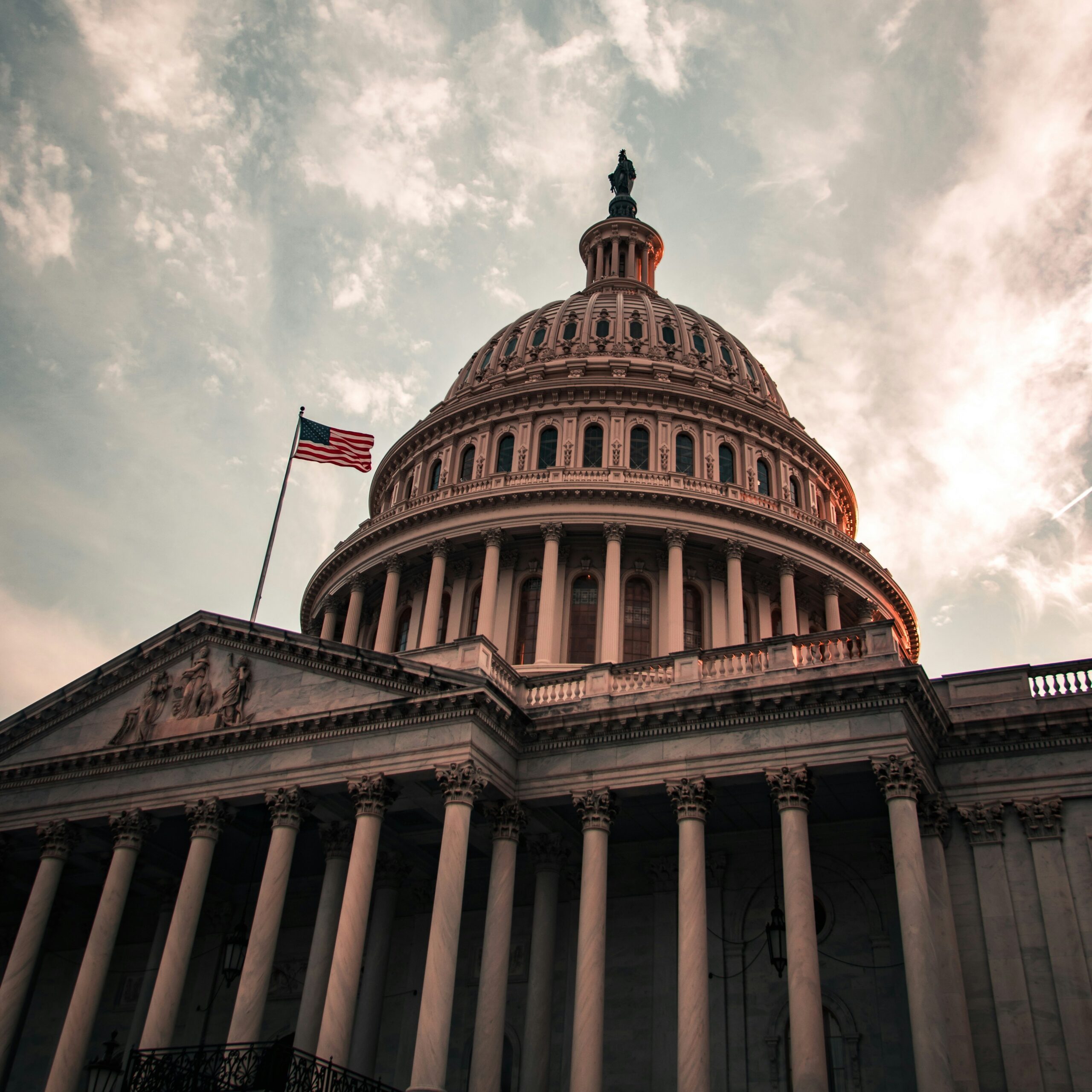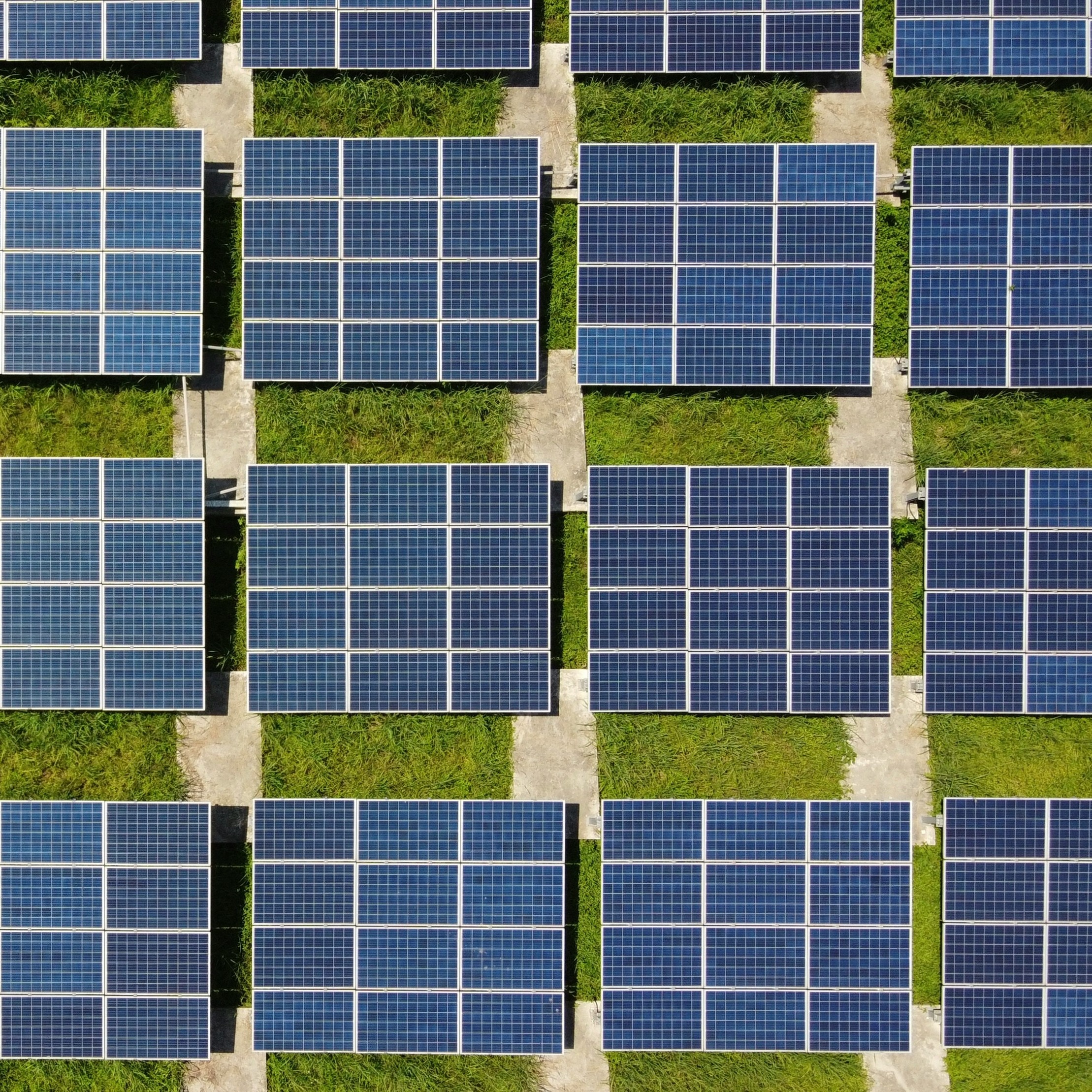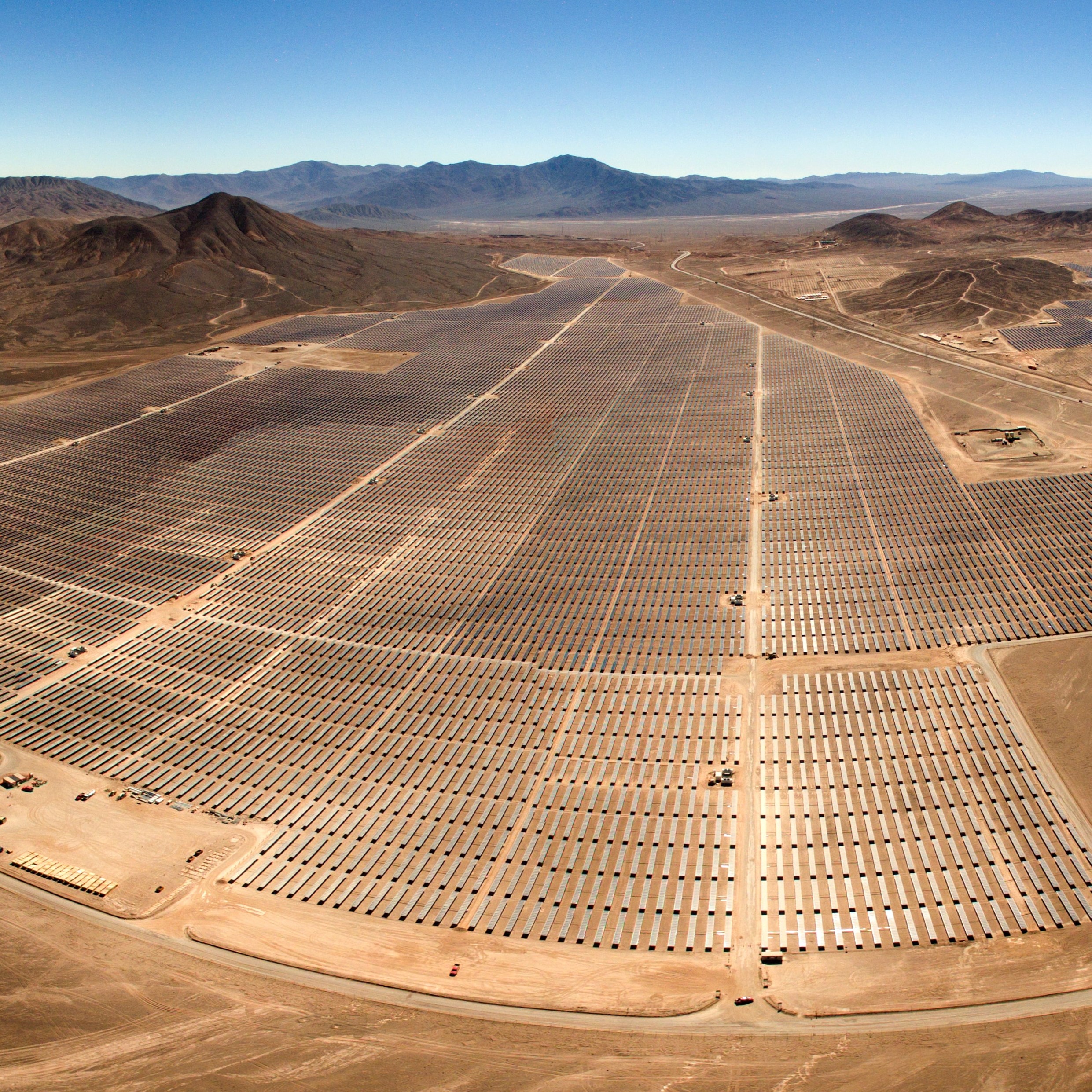One Big Beautiful Bill Act Includes Rent Hike for Wind and Solar Projects on Federal Lands
The One Big Beautiful Bill Act (OBBBA) passed on July 4, 2025 will significantly increase annual rents and fees for new and existing wind and solar energy projects sited on federal public lands. On August 1, 2025, the Bureau of Land Management (BLM) updated its regulations to reflect the OBBBA’s rent provisions, but questions remain regarding how BLM will administer the new program. Section 50302 of the OBBBA directs BLM to charge renewable energy projects acreage rent and capacity fees in exchange for use of federal lands. The basic framework is the same as under [...]









